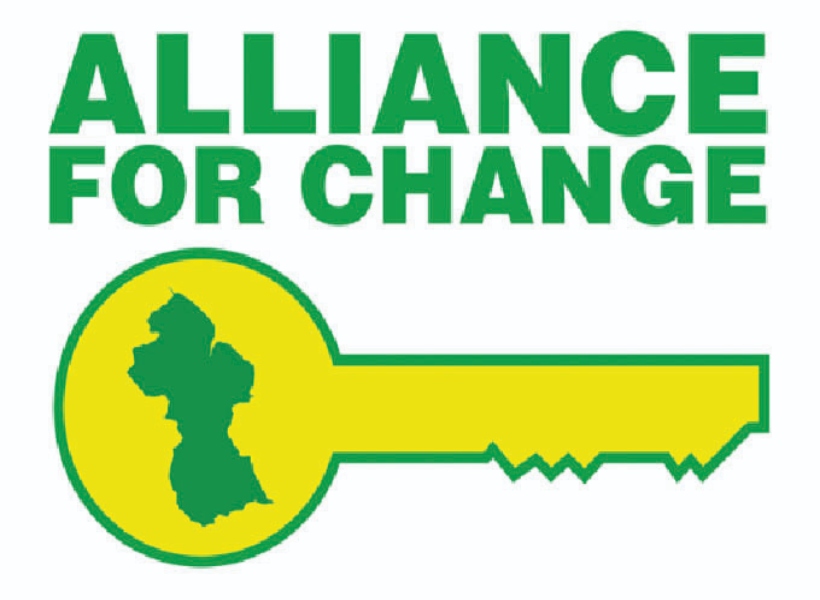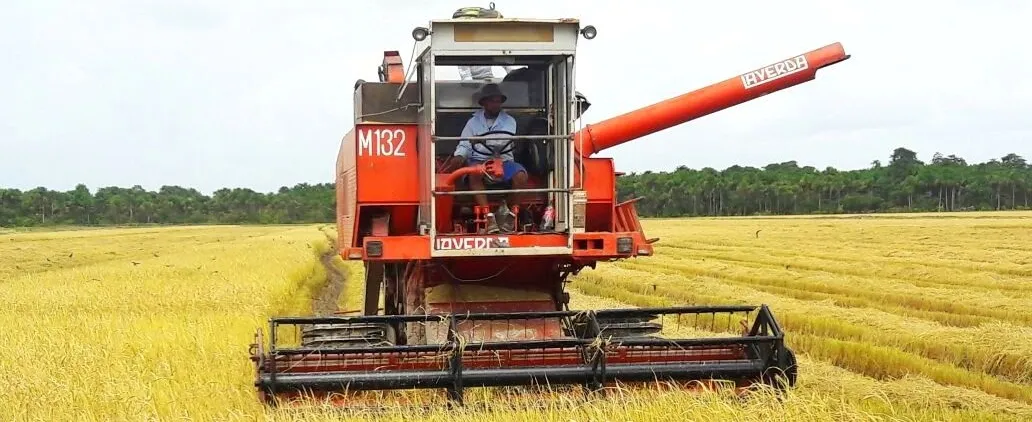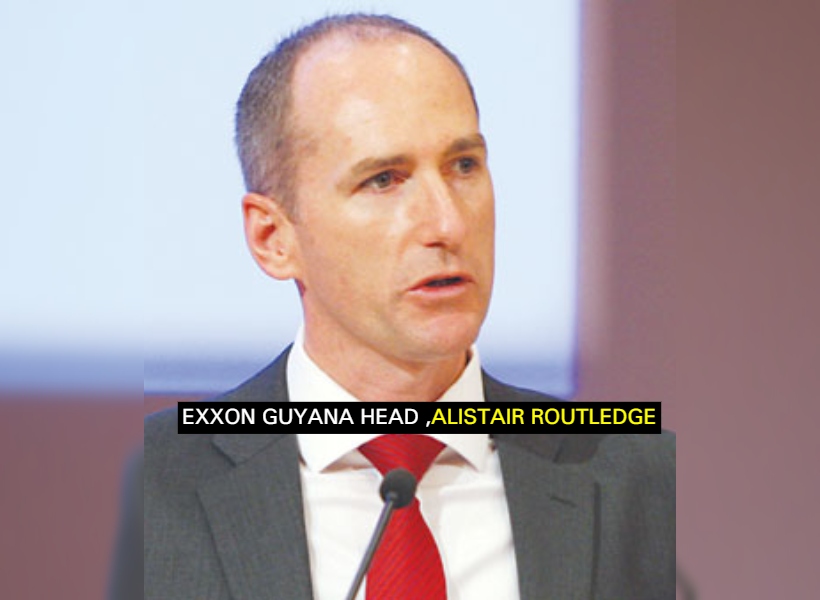While ExxonMobil Guyana shares the government’s interest in utilizing the full capacity of the pipeline for the gas-to-energy project, it has no interest in doing so to the nation’s detriment. Country Manager, Alistair Routledge recently underscored the need for the increase in gas production to be in alignment with the facilities that are available to process the resource. Equally or even more important, he said, is that there needs to be a justifiable demand in the market; otherwise, there would be unfavorable economic consequences for Guyana.
The current plans for the gas-to-energy project entails the use of a 12-inch diameter pipeline, which Exxon and its partners in the Stabroek Block have agreed to build for Guyana. The US$1 billion pipeline will have a maximum capacity to off-take 130 million standard cubic feet of gas. For the time being, Exxon can easily afford to give Guyana 50 million standard cubic feet of gas per day from the Liza Phase One and Liza Phase Two Projects. That gas will feed into onshore facilities being handled by the government to the tune of US$759M.
At a recent press conference, Routledge said, “I can assure you that we are as motivated as the government to fill the pipeline. We are a great believer that if you invest in an asset, you want to use it as fully as you can, and there is no difference here with the gas-to-energy pipeline.”
Routledge assured that there are ongoing discussions about which of its sanctioned projects can be tapped to utilize full capacity. He said the Yellowtail and Uaru projects are under consideration. The Exxon official also shared that the soon-to-be approved Whiptail Project is also on the cards.
He shared that Exxon needs to be mindful of how these projects are tapped since it also needs to use some of the gas to maximize the recovery of the oil. By year end, Routledge said the company will have better answers on how the pipeline will be filled.
In the meantime, Routledge cautioned that there must be due consideration for what the market can handle. He noted that for the time being, the demand for gas in Guyana is limited. Be that as it may, he said there are opportunities to find sectors which can benefit the most from natural gas and it’s by products such as fertilizers for the agriculture sector and electricity for the bauxite industry.
“We also have to know what facilities will be there to take off the additional gas,” said Routledge, adding “because not one of us wants to invest more money in bringing the gas to shore when there is no off take onshore. So, it has to be an ongoing collaborative discussion.”









